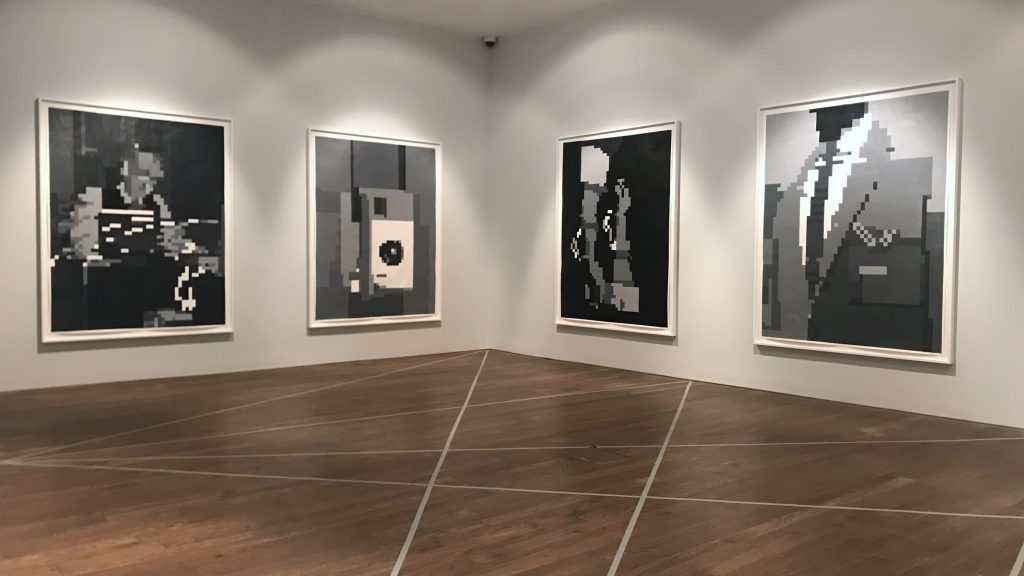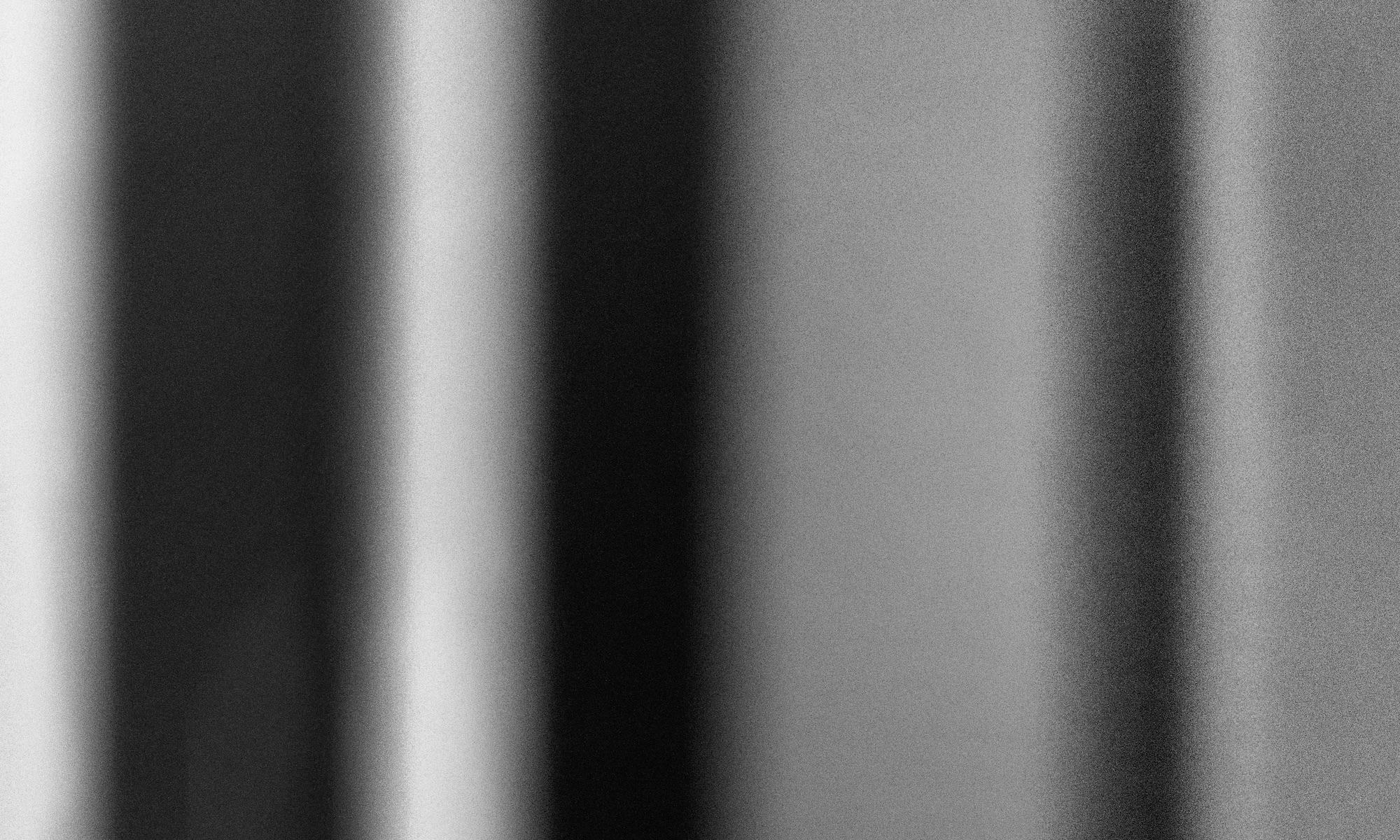The Photographers’ Gallery, 18th August 2020
No Arles this year, but fortunately I could get to the Deutsche Börse shortlist exhibitions at TPG (see reflection on Arles 2019 here and last year’s Deutsche Börse Photography Foundation Prize here). Half a gallery is given to each of the four nominees, over two floors. The material presented has to represent the work for which each artist has been nominated, and this varies in both form and content (in one case this is a book, represented by prints and a small text produced for wider distribution including gallery visitors, in another case a large exhibition above a supermarket, represented by a small selection of works in a constrained gallery space). The visitor thus gets only a limited sense of the work in each case.
The exhibition provided the opportunity to reflect on the relationship between artistic practice, a specific project and set of outcomes (including the kind of exhibition that might warrant nomination for this kind of award). The work presented by the four nominees here mark out different positions.

Anton Kusters is nominated for The Blue Skies Project, exhibited at Fitzrovia Chapel, London (15-19 May 2019). It comprises of 1078 upward polaroid photographs of the sky from the last known locations of Nazi concentration camps taken over a period of 6 years (using a Holga plastic camera with a polaroid back). Each is stamped with the number of victims and the GPS location. There is an accompanying generative sound piece by Ruben Samara which unfolds over a period of 13 years – the time that the camps were operational. It’s a highly atmospheric and engaging piece, even in reduced form. For me, it’s interesting in the combination of sound and visual material to create a setting. The lo-tech image-making also resonates with the overall approach, which departs from conventional photographic documentation. There is a combination of the systematic (in the research process, the grid layout, the stamping of the images with time and mortality data) and the lyrical. From this an immersive and reflective setting is created. The project itself has a tight focus that relates to a tragic period of European history. The individual images have limited meaning/intrinsic value, but together make a powerful statement and provide the basis of an immersive material experience. Time and duration are important both in terms of the production and experience of the resulting work (the exhibition), and the enduring memory of the horrific events invoked by the work.
https://thephotographersgallery.org.uk/dbpfp20-nominee/anton-kusters

Clare Strand’s The Discrete Channel with Noise exhibited at PHotoESPAÑA (5–21 June 2019) is an even more tightly contained (or framed) work, involving the exploration of a 1930s theory of communication in visual terms. A method, consistent with the conceptual origins of the work, is designed and enacted. The exhibition presents the final work (large prints of the the paintings produced) and elements of the process (original photographs with grids superimposed, and the brushes used in making the paintings). The form taken by the project and exhibition raise broader issues about the process of digitisation, transmission and reception.
https://thephotographersgallery.org.uk/content/db2020-clare-strand

Mohamed Bourouissa is nominated for an exhibition surveying the past 15 years of his work at Arles last year, Free Trade, which took up the entire first floor of a supermarket. Bourouissa works in a variety of media (including sculpture, 3D printing, painting and video), though this is not as evident in this selection from the Arles exhibition. His photographic work includes found images, stills from surveillance cameras and collaborative image making with participants. The selected work gives a sense of the range of issues addressed by Bourouissa (for instance, the tensions between commerce and markets and marginal social and cultural groups) and his mode of working. Whilst Kusters and Strand are nominated for clearly defined ‘projects’ leading to a distinct outcome (an exhibition, in Kuster’s case designed for a specific setting), Bourouissa’s nominated for an exhibition surveying a range of projects and representing his work over an extended period – it is about him as an artist, and his distinct set of concerns and way of working, not a particular project.
https://thephotographersgallery.org.uk/content/db2020-mohamed-bourouissa

Mark Neville is nominated for a photobook, Parade (Centre d’Art GwinZegal, Guingamp, 2019), based on project focussing on a particular place (a rural community in Brittany) at a particular time (three years starting from the 2016 UK Brexit referendum). It is a community based project involving constructed and documentary photography and video to produce a portrait of a farming community, including its relationship with agribusiness. The outcome of the project is a book produced with and for the local community (rather than for an art community), and a contribution to a political campaign. This takes the form of a book in French and English containing a call to action and interviews with local famers, which has been distributed to politicians, and reproduced for visitors to the exhibition. As with Kusters and Strand, this is a tightly focused project with a clear rationale and well-defined outcomes. Neville has a particular way of working, and the production of books for a community are integral to his work. For each project, he needs to find contexts for which this way of working will be productive, and produce distinct outcomes.
https://thephotographersgallery.org.uk/content/db2020-mark-neville
Apart from learning from the work of each of the four photographers (which is clearly fruitful and important, particularly in the combination of different media and modes of engagement and participation), it’s interesting to think about the relationship between an artist’s approach/practice and what constitutes a productive project and appropriate outcome. This also has to be thought through in relation to the ‘market’ (broadly conceived) for art (including awards and prizes). Each has a distinct way of working, and a repertoire of techniques, both relating to how images are made, and how participants and audiences are engaged. The three projects (Kusters, Strand and Neville) each have clear thread running through them the give the overall project both value and interest in a co-ordinated and coherent manner. This is more than just clarity of ‘intent’, but rather clarity of design (the same might be said of Bourouissa’s projects that feed into his retrospective exhibition) and coherence of method and conceptual base. Internal coherence is necessary but not sufficient: the project also has to be seen to have wider relevance to the field and/or wider social and cultural practice. The four bodies of work also raise a question about the possible form and scope of work that could be considered for prizes such as this, what is excluded and the impact this has on what kind of work receives wider recognition.
